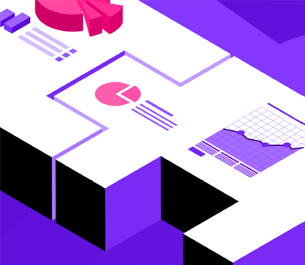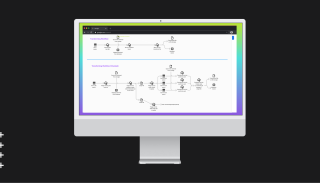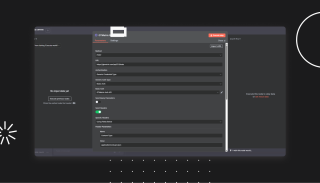The current conversation around Artificial Intelligence in the workplace often feels like a tug-of-war between two extremes. On one side, we have the utopian vision of AI handling all the drudgery, freeing us up for more creative and strategic pursuits. On the other hand, a dystopian fear of mass job displacement and a future where human skills are obsolete. But what if this binary view is missing the point?
A recent paper from researchers at Stanford University, “Future of Work with AI Agents: Auditing Automation and Augmentation Potential across the U.S. Workforce,” offers a more nuanced and, frankly, more human-centered perspective. The authors, Yijia Shao et al., move beyond the simple “will a robot take my job?” question and instead ask: “How do we want to work with AI?” This is where it gets interesting for those of us who believe that technology should be built around the human experience.
The paper’s most valuable contribution is the Levels of Human Agency Scale (HAS). This framework provides a much-needed language for discussing the various ways humans and AI can collaborate. It’s a powerful tool for anyone involved in building or implementing new technologies.
The Human Agency Scale (HAS): A Framework for Collaboration
The HAS is a five-point scale that calibrates the role of AI in a given task, ranging from full automation to tasks where humans are essential. Let’s break it down:
- H1: Full Automation: The AI system handles the entire task with no human intervention. Consider tasks such as automated data entry or scheduling appointments. These are the “set it and forget it” applications of AI.
- H2: AI-led Collaboration: In this scenario, the AI takes the lead, performing the bulk of the task, with a human in a review or oversight role. A good example is an AI-powered diagnostic tool in medicine. The AI might analyze medical images and suggest a diagnosis, but a human doctor makes the final call.
- H3: Human-AI Collaboration: This is a true partnership. The human and the AI work together, each contributing their unique strengths. Imagine a writer using an AI assistant to brainstorm ideas, generate outlines, and even co-write sections of a text. Neither is simply the “assistant” to the other.
- H4: Human-led Collaboration: Here, the human is in the driver’s seat, using AI as a tool to enhance their capabilities. A graphic designer, for instance, might use an AI-powered tool to quickly generate a variety of design options or automate repetitive tasks, such as resizing images.
- H5: Human-Essential: These are tasks that, for now and in the foreseeable future, require uniquely human skills, such as empathy, creativity, and critical thinking. A therapist conducting a counseling session or a teacher mentoring a student are prime examples.
Why the HAS is a Game-Changer for User Experience
The HAS framework resonates deeply with me. It shifts the conversation from a purely technical one (“What can we automate?”) to a human-centered one (“How will this technology feel to use?”).
The research by Shao and his colleagues highlights what they call the “Red Light Zone”: tasks where the technical capability for automation is high, but the desire from workers to automate them is low. This is a critical insight for anyone designing technology for the workplace. Forcing automation on people who don’t want it is a recipe for frustration, resistance, and ultimately, project failure.
The paper also identifies “Green Light” zones (characterized by a high desire for automation and high feasibility) and “R&D Opportunity” zones (characterized by a high desire but low feasibility). These are the areas where technologists and designers should be focusing their efforts. By understanding what people want from AI, we can create tools that are not only powerful but also a pleasure to use.
The Future is a Partnership
The “Future of Work with AI Agents” paper is a must-read for anyone in the tech industry. It’s a powerful reminder that the goal of AI shouldn’t be to replace humans but to augment their abilities. The Human Agency Scale offers a practical framework for achieving this goal.
The question we should be asking is not “How can we automate this job?” but rather, “How can we design AI systems that empower people, enhance their skills, and create more meaningful and fulfilling work?” The future of work is not about a competition between humans and machines, but a collaboration. And for that to succeed, we need to put the human experience at the center of everything we build.
Let’s start your Human-centered AI Roadmap today: Contact Us!










